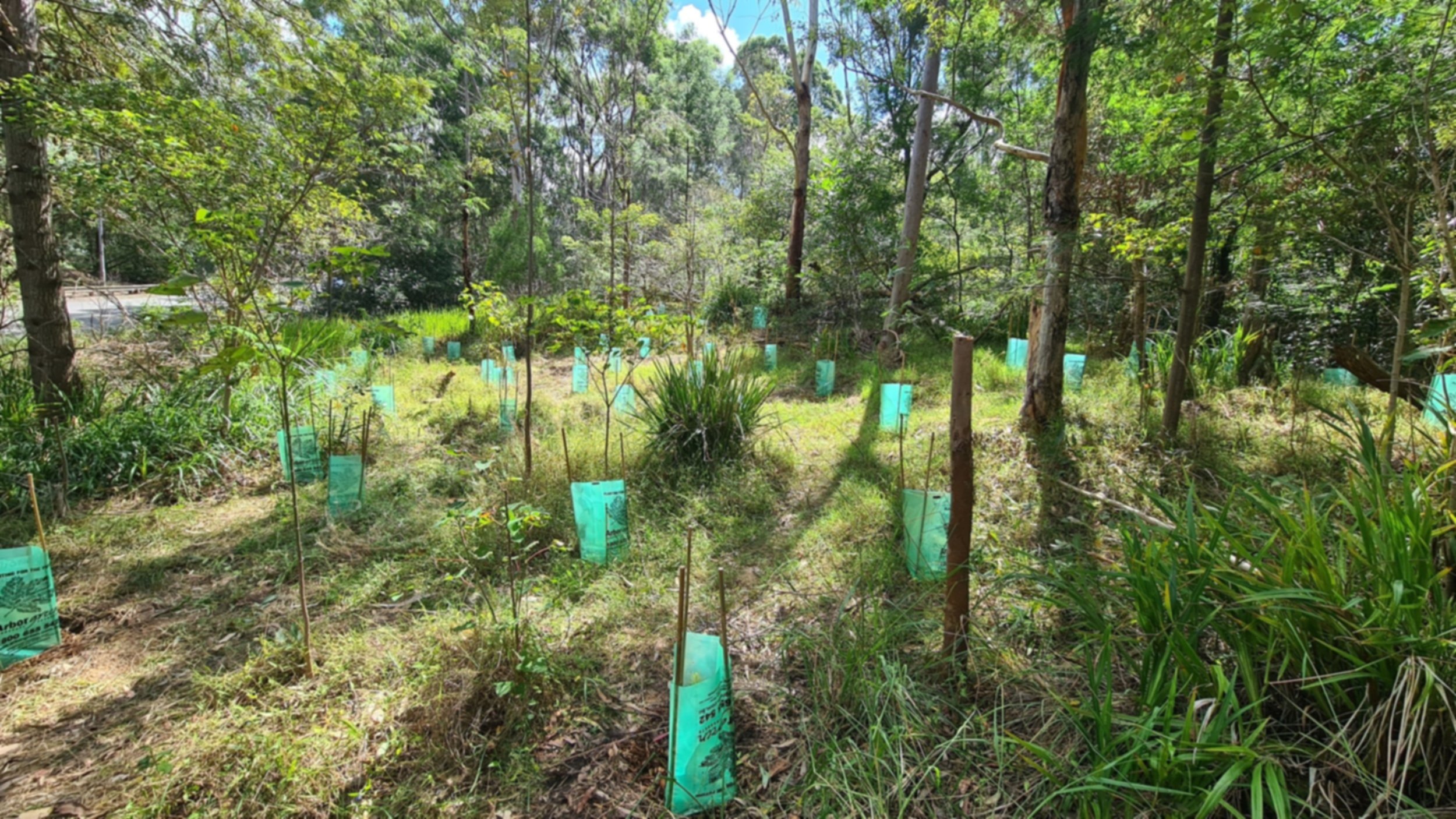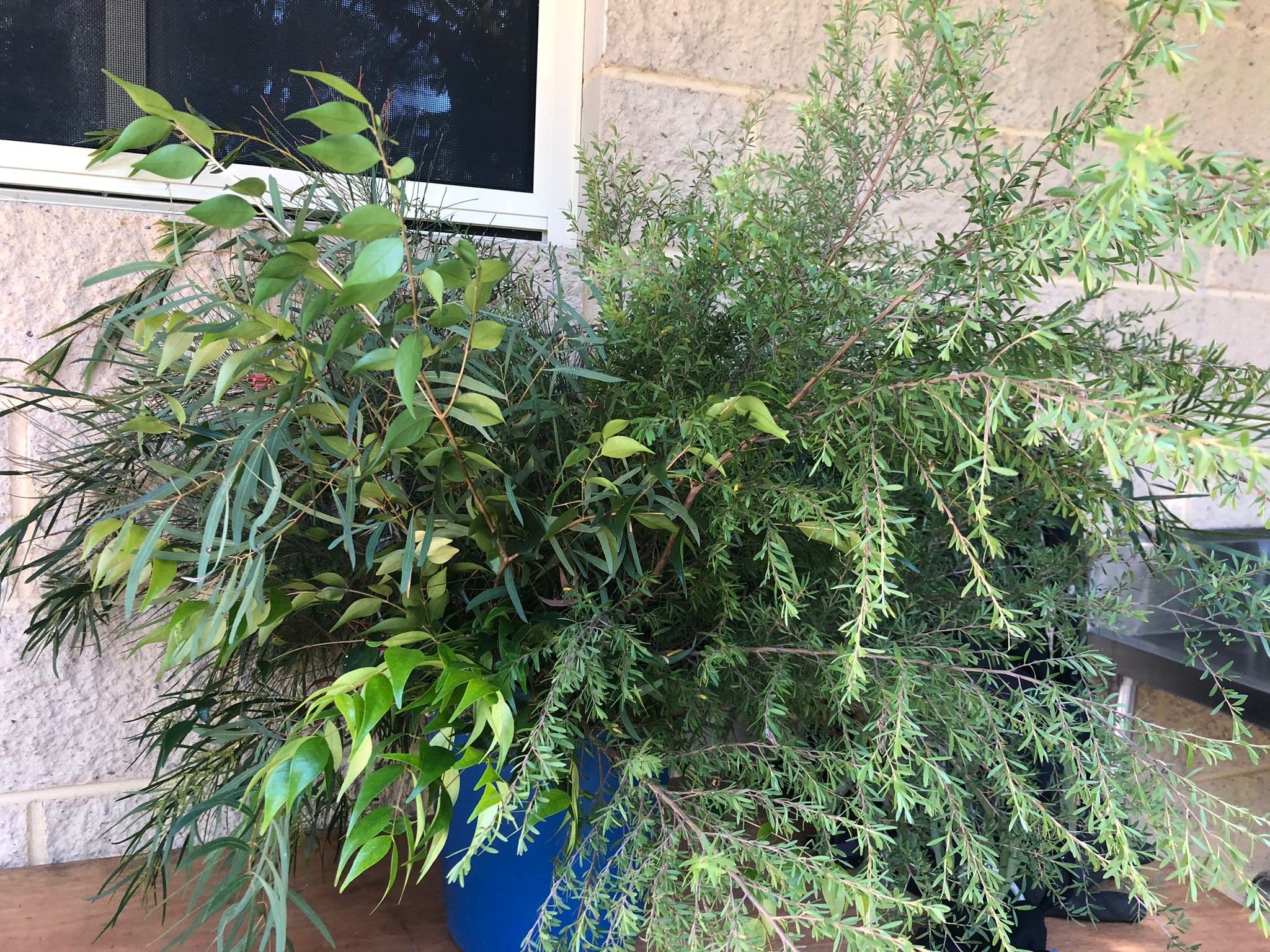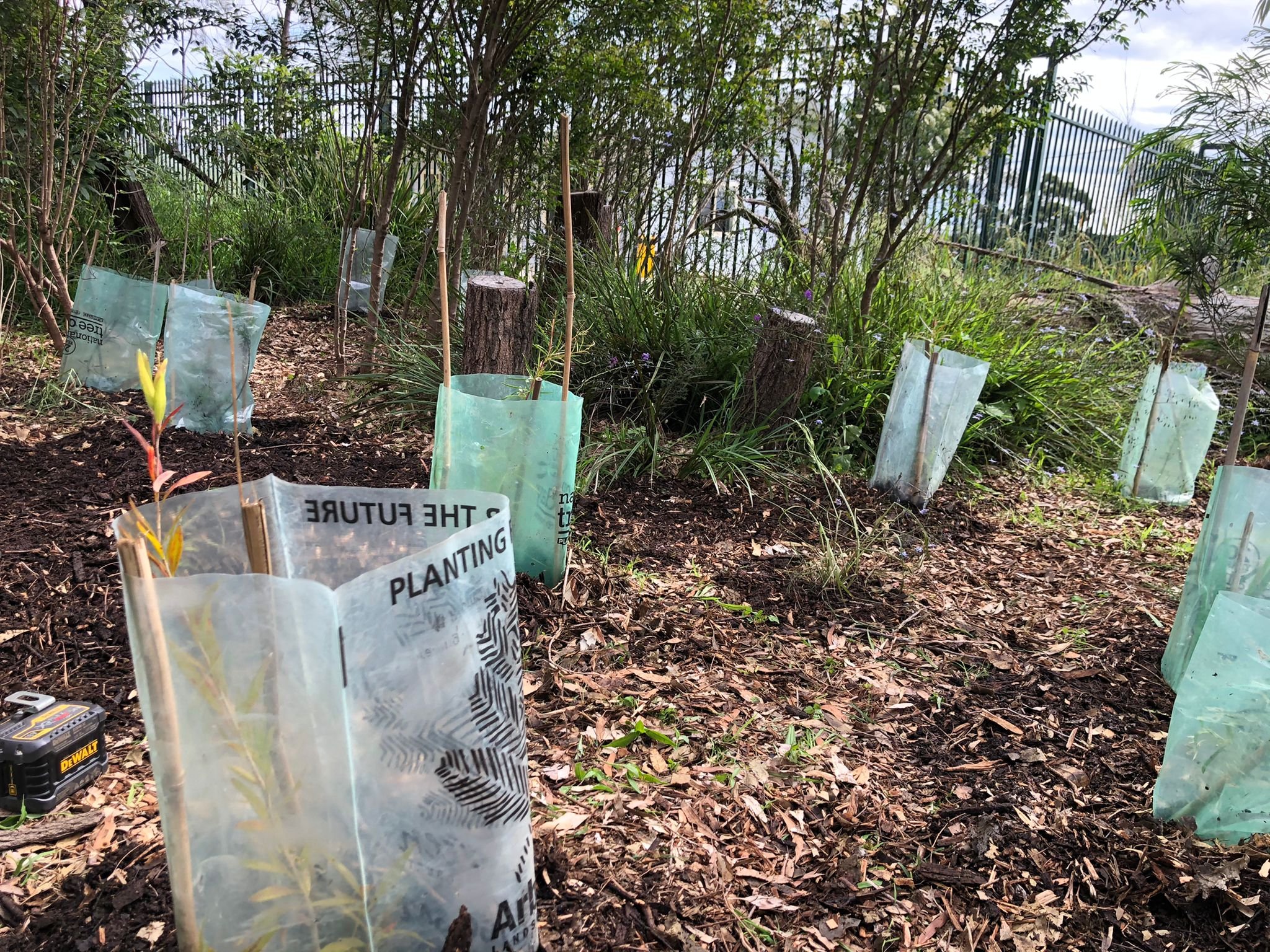
Caring for Creature, Country and Community…..

Growing Food for Wildlife is an extremely rewarding process. Imagine learning how to grow edible plants for the birds and animals who need it while knowing you were also making a positive difference to your local environment.
We meet once a month across multiple sites to grow, collect and learn about the food that wildlife need.
Join our Working Bees!
-

Annangrove Working Bee
Every Second Saturday of the month
10AM
Community Environment Centre
Currie Ave Annangrove,
NSW 2156 -

Randwick Working Bee
Every Second Saturday of the month
10AM-12PM
Randwick Sustainability Hub
27 Munda St, Randwick NSW 2031, Australia -

Willoughby Working Bee
Every Fourth Saturday of the month
10AM-12PM
Flat Rock Gully Walking Track, off Small St
Northbridge NSW 2063, Australia -

Hornsby Working Bee
New site added!!
Opening on August 17th
19 Wearne Ave, Pennant Hills NSW 2120, Australia
Access via 19 Wearne ave, Head west across the concrete bridge and look for signage

Featured on Gardening Australia
Click on the clip above to view ABC’s Gardening Australia Segment on our Annangrove Community Environment Centre plots.

Engaging our local councils and community…
Engaging government at a local level allows council the opportunity to offer public space for the purposes of Growing Food for Wildlife and connecting with their local wildlife rehabilitation community, bushland regeneration groups and the general public.
Grace and Beatrix teach us aout Asparagus Fern and why we need to get on top of it!

Finding the Perfect Location….
The great thing about Growing Food for Wildlife is that a site can be as simple as a small plot of land that is run-down and tired, a large plot of land on acreage, or lands surrounding a pre-existing oval. Wherever a site is established, the land will be maintained and cared for, as well as being used for public education and social inclusion - not to mention habitat restoration and food for local wildlife in need. Just as a precaution, we do try to avoid establishing sites next to roads and highways as this could make for a nasty situation for any animals that decide to live or pass by the plots.








